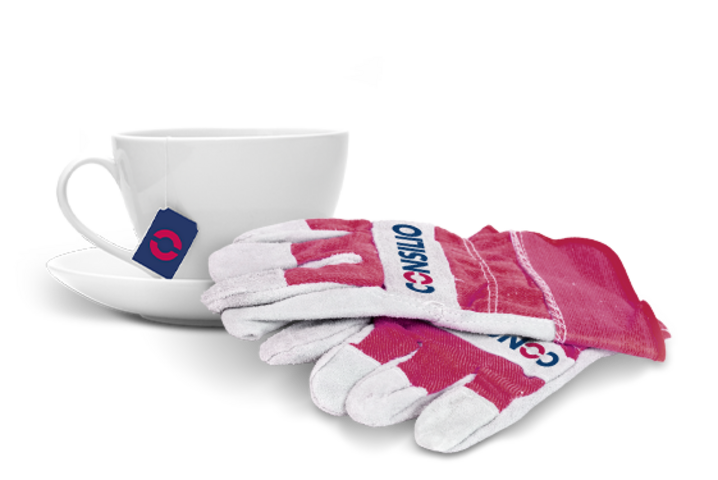Many companies do not map their processes in a single system, but in a complex heterogeneous system landscape. The so-called legacy systems, which have often been operated for decades for historical reasons, often map critical processes such as supplier assessment, quality inspection or inventory planning. The company's individual tools and systems communicate with each other via interfaces: As soon as a process is completed, the data is transferred to the next system for further process handling, which can take plenty of time depending on the volume to be transferred. Only once the data has been transferred can further processing take place in the downstream system. With increasing data volume and the current requirements of real-time response, this type of data transfer proves to be slow, inflexible and ultimately uncompetitive. The remedy is event-based data transfer, implemented in the platform tool called Apache Kafka.
Kafka for the switch to S/4HANA
Possible architecture with S/4HANA
The Kafka platform contains predefined interfaces that can be adapted to any system environment. SAP Cloud Integration - a product that connects the individual SAP systems with each other - even already contains the adapters necessary for receiving and sending data from and to Kafka. For use, the adapters must be configured accordingly with regard to message protocols, error handling, authentication, etc. Also, some SAP Cloud products are already equipped with Kafka streaming, for example SAP Concur and SAP Qualtrics.
For a Kafka integration into an on-premise SAP environment, there are no standard adapters from Apache or SAP, but third-party software or in-house developments can be used. Third-party providers include products such as ASAPIO as a cloud integrator for SAP ERP and S/4HANA, Advantco with the use of standard SAP PI/PO tools, Workato with OData technology, INIT Software with its own ODP connector, or KaTE, where the connection to Kafka runs via SAP PO. For connections from the BI system, SAP OpenHub can be used as an adapter.
Various tools are available for custom developments, such as SAP Cloud SDK, which allows development of applications with Java or JavaScript that communicate with SAP solutions and services. SAP Cloud Platform Enterprise Messaging provides an asynchronous interface and can also be used for Kafka integration. Another technical infrastructure for such purposes is SAP Operational Data Provisioning: a type of change data capture with out-of-the-box support for various SAP and non-SAP products.
Summary
The Kafka platform can be used both on-premise and in the cloud. The platform allows data to be retrieved in the form and to the extent required by the user. The high autonomy of the individual systems ensures greater independence and avoidance of waiting times in the event of system failures. Both the source and target systems can be developed more flexibly without negatively impacting other systems.

In the course of the changeover to S/4HANA, a connection to Kafka is becoming topical for many companies. In order to be able to continue using the applications that have proven themselves on the one hand, and on the other hand to get away from rigid structures and be able to use modern technologies, the old interfaces are being replaced by the Kafka platform.

